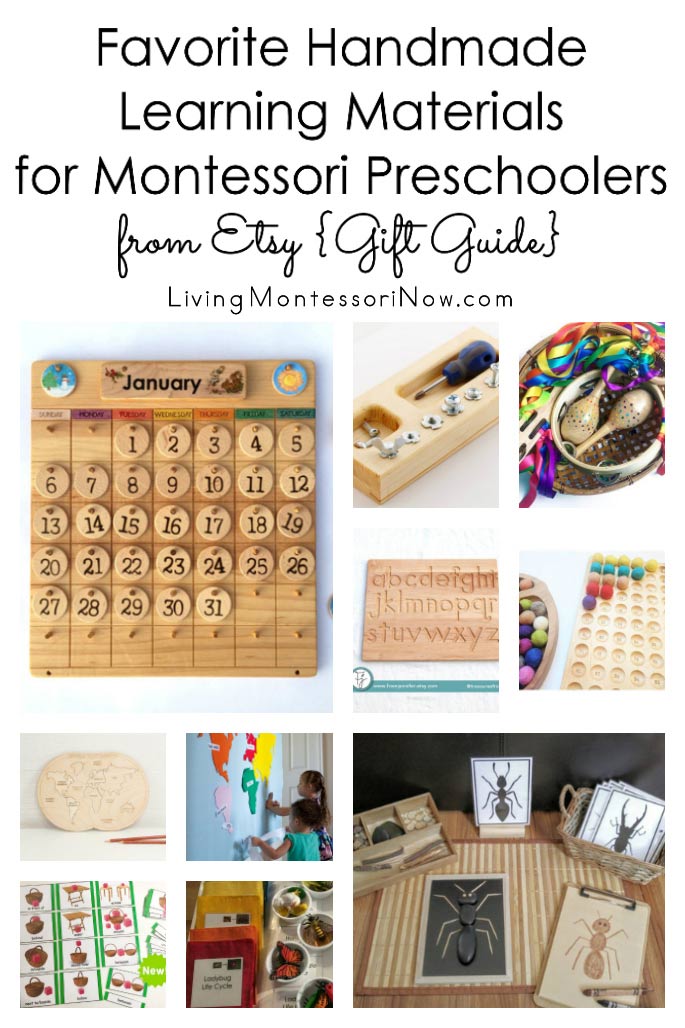Best Reasons On Choosing Italian Kindergarten Teaching Aids
Wiki Article
What Textbooks, Workbooks Or Other Books Are Needed For Italian Preschoolers?
Italian nursery schools typically focus on providing a play-based learning environment, and don't often use traditional textbooks or workbooks. Books play an important role in encouraging children to learn to read and improve their language. Picture books are excellent for developing children's imagination, vocabulary and appreciation of literacy. They usually feature captivating illustrations, as well as easy-to-read text.
Books for children with board covers have thick pages and sturdy covers which are ideal for children learning how to use books. They are a great way to introduce children to various topics, such as animals shapes, colors, and numbers.
Nursery rhymes, songs and music: Music and songs are essential for the development of young children. They can enhance their memory, language and social skills. Italian nursery schools can employ nursery rhymes and song books for their daily activities and circle time.
Early education is crucial to teach children about diversity and inclusivity. Books with characters of diverse backgrounds, cultures, and abilities help children to develop compassion and empathy.
Italian language Books: Italian preschools may use books written in Italian to help their children improve their language skills as well as learn the Italian language. These books include picture books, easy tales, and books with Italian songs and nursery rhymes.
Find books that are stimulating that are appropriate to the age of the child and relevant to the children at the nursery school. Teachers and caregivers have the ability to use books to ignite children's curiosity and inspire them to investigate various topics and themes. Have a look at the best schede didattiche italiano for site info.

What Mathematics Teaching Material Support Is Needed In Italian Nurseries?
Materials for teaching math is a great idea for Italian nursery schools. They can help youngsters develop their problem solving spatial, numerical, and spatial abilities. Here are some examples of mathematics teaching material support that may be needed Teachers and their caregivers: Teachers and caregivers may need training on how to incorporate mathematics concepts into daily activities and how to utilize math teaching materials efficiently.
Curriculum and lesson plans The curriculum and lesson plans that are well-designed and incorporate math concepts can help kids be exposed to a wide range of math concepts and abilities.
Visual and manipulative aids Manipulatives like counting bears, blocks and beads, as well as visual aids like posters and charts can aid children learn mathematical concepts in the hands-on, visual manner.
Technology-based Aids: Technology technology-based aids like tablets that include math games, and apps that teach are able to engage and inspire youngsters. They also offer extra aids to help them learn.
Assessment tools: Teachers and caregivers can utilize assessment tools to observe the progress of children as well as determine areas that might require extra support.
Parents' involvement: Involving parents in maths education can reinforce concepts learnt in nursery. This also promotes family engagement.
It is crucial that the material used in teaching mathematics to young children is age appropriate. Teachers and caretakers can use this resource to create exciting and enjoyable math activities which encourage children's love of learning and awe. Follow the most popular materiale didattico matematica sostegno for more advice.
What Science Didactic Cards Should Be Used In Italian Nursery Schools?
The science didactic cards are a fantastic option to provide children in Italian nurseries to basic scientific concepts. These are some of the kinds of science-related didactics cards that are suggested. Animal cards: These aid youngsters to understand the world of the animals and their features. It is possible to use illustrations of animals in their habitats and make learning more interesting.
Plant cards: Plant cards can aid children in learning about different plants and their characteristics. They may include illustrations of plants as well as their growth stages to make the learning experience more engaging.
Weather cards: These cards can help children learn about various types of weather and how they affect the natural environment. They are able to be illustrated using images of the different types of weather, including sun, snow and rain.
Space cards: The Space cards can be used to help children understand more about the solar system and the planets that it contains. They could feature images of planets, as well as their distinct characteristics.
Human body card Card about the human body can be used to aid children comprehend the various parts of the body and their function. They can also include pictures of different body parts with their functions.
It is crucial to select science didactic cards which provide a fun and interactive experience for kids of all age groups. Teachers and caregivers can to utilize these cards to engage children in engaging and fun activities that encourage children's interest in learning about the world. Follow the top schede didattiche scienze sostegno for more info.

What Materials For Teaching Geography Are Necessary In Italian Nurseries?
Italian nurseries are able to provide children with geography teaching materials that aid them in developing a greater understanding of their world, and teach them about different cultures and the world. Here are some examples of geography teaching materials which may be required Maps: Maps help children learn about the geography of different regions and countries, and the locations of various landmarks and natural landscapes.
Globes. Globes can aid your child in understanding the earth's surface. They will also be able to learn more about the continents.
Videos and pictures. Videos and photos of various cultures, locations and people can help teach children a lot about the world.
Books: Books that are age-appropriate and feature cultures and places that are from all over the world encourage children to discover a fascination with geography.
Natural substances. Shells, rocks and plants help children understand different environments and eco-systems.
Field trips. Kids can be taught about geography through hands-on experiences and encounters at local parks, zoos, or museums.
It is vital to choose materials for geography education that are appropriate for children of all ages and culturally sensitive. Teachers and caregivers are able to use these materials in order to create stimulating, interactive activities that encourage children's enthusiasm and curiosity.
